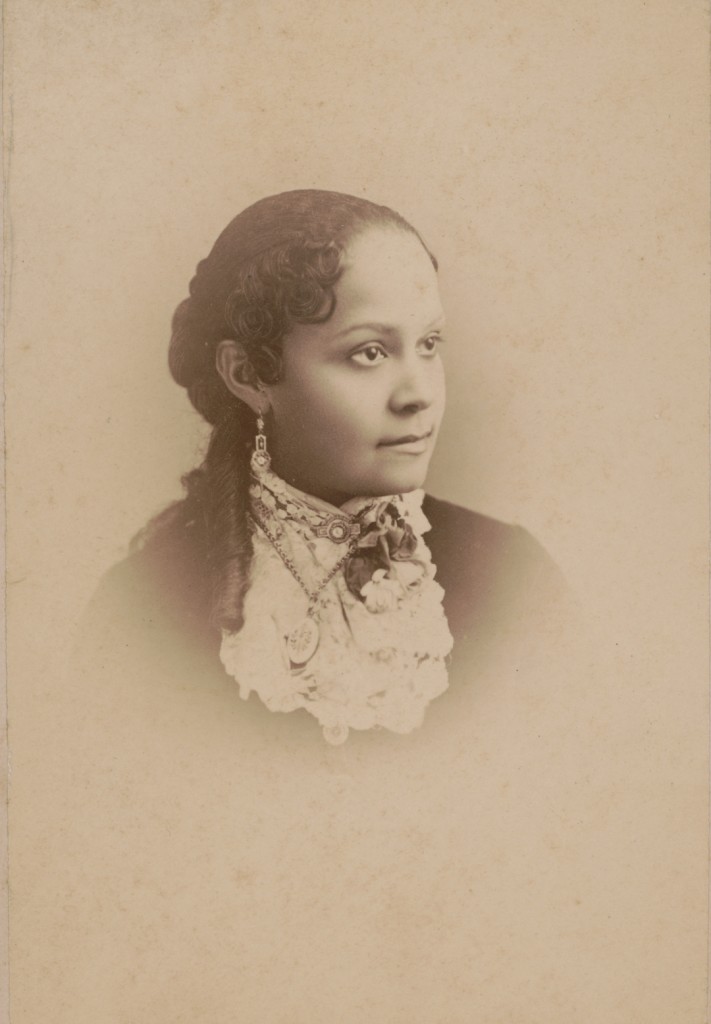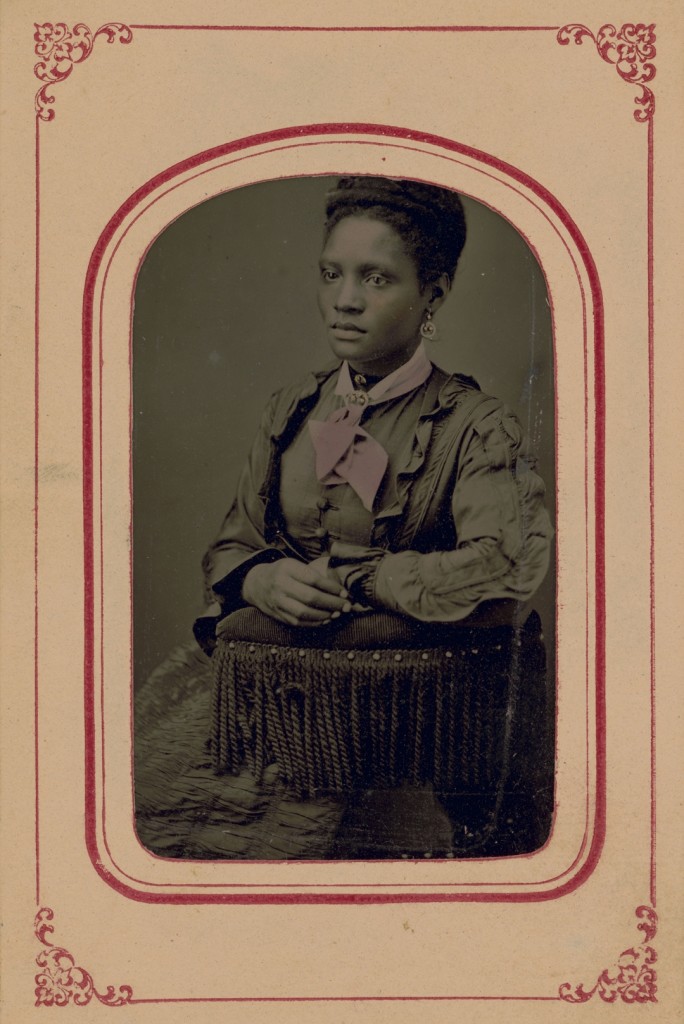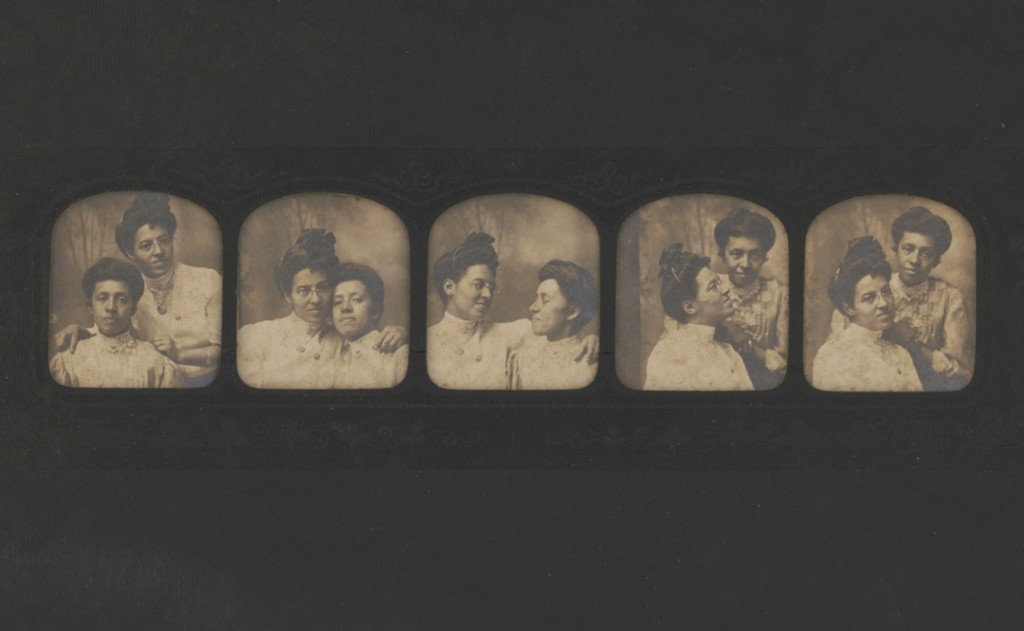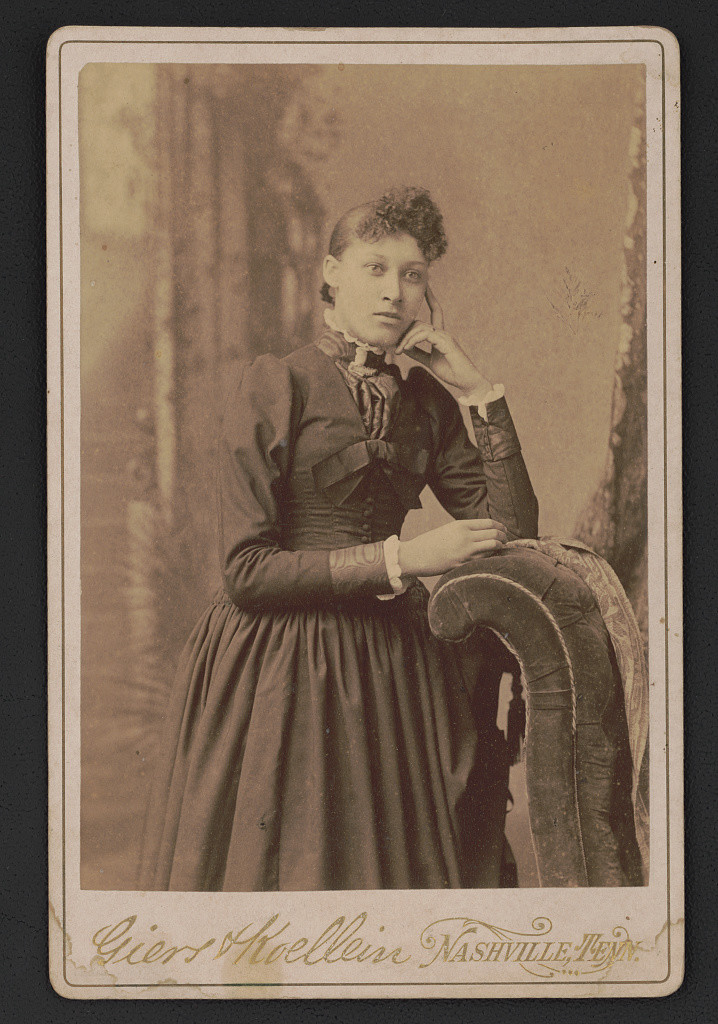A couple days ago, a visually compelling thread on Twitter exploded with thousands of shares and likes and dozens of users submitting their own contributions. The thread (a series of connected tweets for the Twitter uninitiated) has become an evolving photo essay of women activists standing up to walls of militarized riot police and mobs of angry bigots. The photos feature subjects like Tess Asplund, Leshia Evans, and Saffiyah Khan, and historical inspirations like Gloria Richardson and Bernadette Devlin. Many of the subjects are unknown or unnamed, but no less iconic. These images, from all over the world, of women standing defiantly and often alone, against heavily armed and armored, mostly male power structures inspire and, in the case of children like Ruby Bridges, can break your heart.
Photos like these serve as powerful and necessary testaments to the fact that in social movements throughout history, women have held the front lines. And photographers have captured their activist spirit since the early days of the medium. In the 19th century, long exposures and fragile, finicky equipment made action shots difficult-to-impossible, and for a variety of cultural reasons, many women were far less likely to confront armed men on the streets. Therefore, the portraits of women activists from the time tend toward traditional seated poses. But as famous photographs of Harriet Tubman and Sojourner Truth demonstrate, these images do not show us passive observers of history.
Pictures of Tubman and Truth have made their way into every elementary school history textbook. Far less well-known are the many other African-American women activists of the late-nineteenth and early twentieth centuries who fought for the rights of black Americans in education, at the voting booth, and everywhere else. During Reconstruction especially, many such activists rose to prominence in academia, journalism, and civic leadership. Women like Fannie Barrier Williams, at the top, whose wise, direct gaze illustrates her fearlessness as an educational reformer and suffragist, who, despite her maiden name, broke several barriers for black women in higher education and prominent public events like the 1893 Columbian Exposition. Against paternalistic claims that former slaves weren’t ready for citizenship, writes the Rochester Regional Library Council, Williams “called on all women to unite and claim their inalienable rights.”
Above, we see Laura A. Moore Westbrook. Of the first generation to grow up after slavery, Westbrook received a master’s degree in 1880, the only woman in a class of four. She went on to teach and fight fiercely for formerly enslaved students in Texas, earning admiration, as Monroe Alphus Majors wrote in 1893, “in conspicuous instances and under very flattering circumstances” from contemporaries like Frederick Douglass. Majors’ characterization will sound patronizing to our ears, but in the rigid terms of the time, it offers nearly as vivid a portrait as her photograph: “Her motive to do good far surpasses her vanity, except when her race is attacked, then, manlike, she with the pen strikes back, and even goes beyond her loyalty to serve, but makes lasting impressions upon those who are so unfortunate to get within her range.”
These images come from a Library of Congress archive of nineteenth-century African American activists from the collection of William Henry Richards, a professor at Howard University Law Schoolfrom 1890 to 1928 and a staunch campaigner for civil rights and liberties. Most of the portraits are of the formal, staged variety, but we also have the more relaxed, even playful series of poses from activists Elizabeth Brooks and Emma Hackley, above. Richards’ collection, writes curator Beverly Brannon at the LoC site, includes many “people who joined him and others working in the suffrage and temperance movements and in education, journalism and the arts.” The photographs “show the women at earlier ages than most portraits previously available of them online.”
These portraits date from a time, notes Allison Meier at Hyperallergic, when “rights and opportunities for African Americans, especially women, remained severely limited.” Many “obscure black women writers,” journalists, and teachers “await their biographers,” argues Jonathan Daniel Wells, and perhaps the rediscovery of these photographs will prompt historians to reconsider their prominence. While they did not physically stand up to armed mobs or police battalions, these activists, writes Meier, “spoke out boldly against gender inequality, while at the same time remaining cognizant that especially in the so-called New South, racism, violence and murder were ever-present dangers for African American women and men.”
Hyperallergic/Library of Congress
Related Content:
Watch the Pioneering Films of Oscar Micheaux, America’s First Great African-American Filmmaker
+++++++++++
Josh Jones is a writer and musician based in Durham, NC. Follow him at @jdmagness






Love seeing photos of people that we walk in the path they designed, created, nourished, and suffered to make certain their voices would forever resound. I tip my Tignon to them and hope they are proud of the accomplishments we make in each area they carved for us.